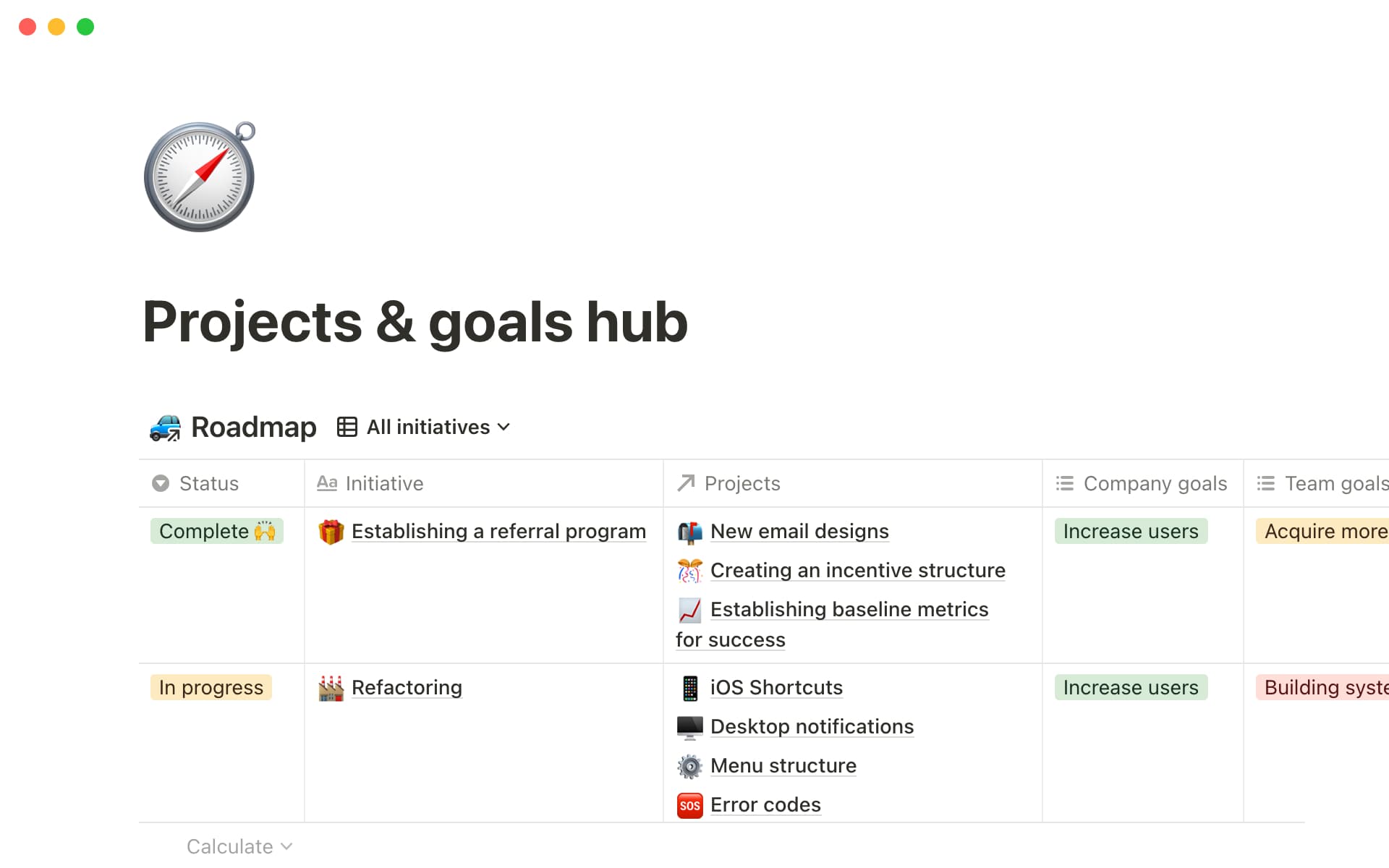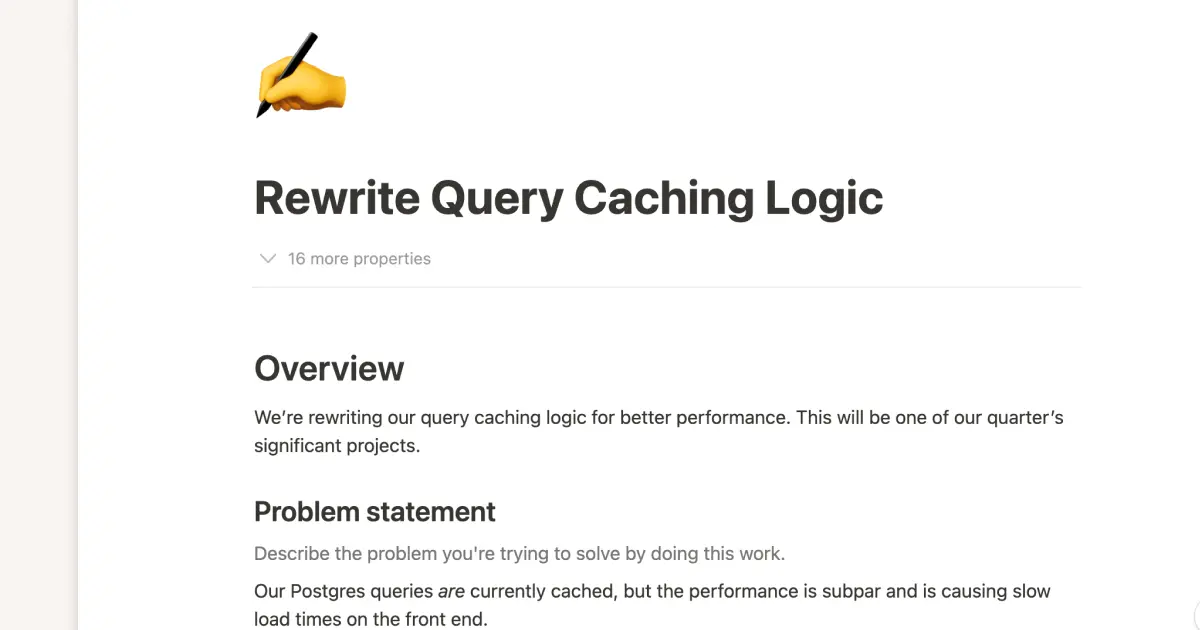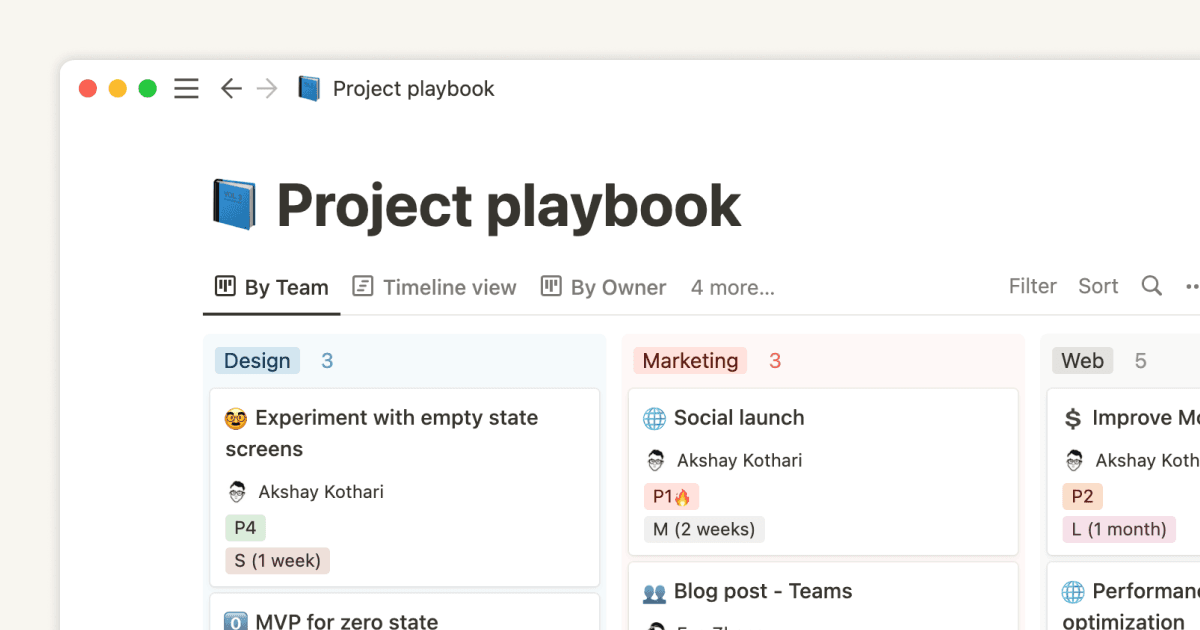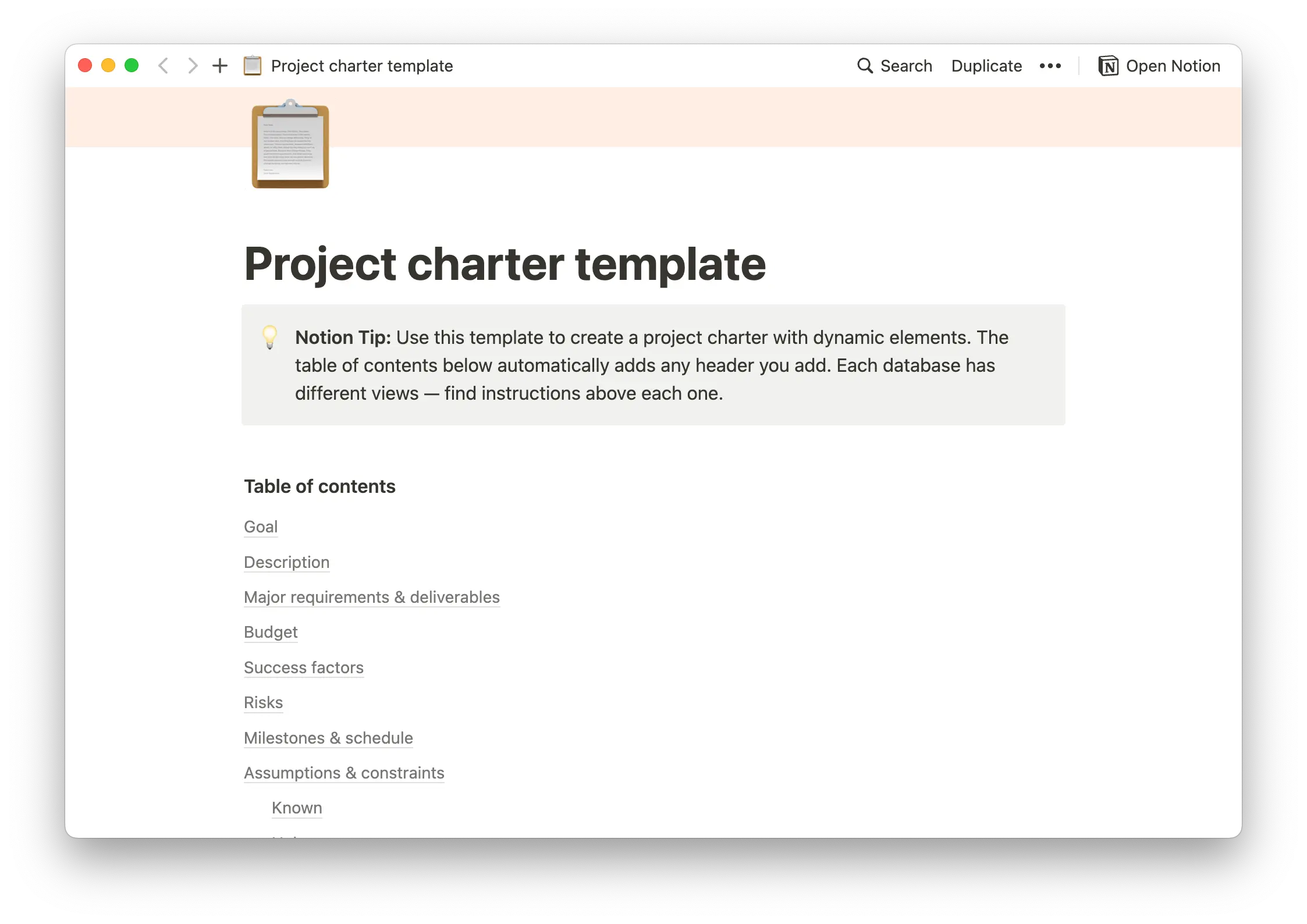The allure of a new project might tempt you to dive in headfirst. However, impulsivity has no place in project management — rash decisions often prove costly, resulting in tangled timelines and unproductive scope creep.
To chart a course to success that keeps your team on the straight-and-narrow instead of wading through crises, you need to embrace thoughtful project initiation. Starting a project with careful planning and analysis empowers your team to prepare for potential challenges before they derail progress.
But successful teams see the project initiation phase as more than a risk mitigation strategy. Analyzing scope, resources, and vulnerabilities ensures the project is well-defined before it begins. This clarity supports the subsequent phases, acting as a foundation that enables team members to channel their efforts into productive tasks and problem-solving rather than getting bogged down by preventable issues and unnecessary work.
What’s project initiation?
Project initiation is the first phase in the project management lifecycle. Before any actual work on the project begins, the initiation phase helps set the stage for what the initiative will entail.
During this phase, the project manager assesses the initiative’s feasibility and potential value before laying the groundwork for its execution. It’s also a crucial time for establishing the project’s direction and ensuring all stakeholders are on the same page.
Project initiation is step one in the four project life cycle phases. It’s followed by:
Project planning — at this stage, the goal is to create a comprehensive roadmap that encompasses every facet of the project lifecycle. This means defining clear objectives, setting out project timelines, and estimating costs. The plan must be meticulously detailed, offering a step-by-step guide that specifies each team member’s responsibilities. It not only delineates the tasks each person is responsible for but also the methods they'll use to bring the project to a successful close.
Project execution — this phase is the longest within the project management life cycle and revolves around the actual implementation of the plan. Here, the team delves into the creation process, building deliverables for stakeholders to evaluate and review. During execution, the project manager sees the tangible output of all their prior planning and addresses any obstacles in real time.
Project closure — every project eventually reaches its conclusion, whether that’s a successful completion or a decision to cancel. This phase is about formally wrapping up all the project's endeavors. Stakeholders must verify that the team met all the set project terms adequately. Deliverables are handed over, and all critical project documentation is archived for future reference. Finally, the team comes together for a reflective roundup meeting to document what they learned.
The importance of the project initiation phase
Creating a project is a lot like building a house. A good blueprint allows you to visualize the construction and facilitates the rest of the planning process. Without one, you risk making expensive mistakes and doing unnecessary work.
During the initiation process, you must clearly articulate the value and potential impact of the project. Why is this work necessary, and how will it benefit the client or company? This stage is when the project’s objectives and scope are born — making it among the most important tools in your project management playbook.
Every project requires you to justify your planning to stakeholders and decision-makers within your organization. In the initial stage, you create documents, like a statement of work or a project charter, to align expectations and convince stakeholders to approve the initiative. Once the project gets off the ground, these documents become essential to protecting your team from roadblocks and scope creep.
Project initiation versus project planning: What’s the difference?
While the terms might seem synonymous, project initiation is the prelude to planning. It provides a clear depiction of the project, paving the way for the subsequent planning phase, which only commences after thorough information gathering and scope confirmation.
In the planning phase, overarching objectives are distilled into a structured and sequential roadmap. Like a puzzle, the big picture is broken down into smaller, more manageable pieces to ensure you address every nuance.
Skipping over comprehensive data collection in the initiation phase leaves you vulnerable. You risk setting misaligned goals, miscalculating timelines, or misjudging resource needs. Moreover, you lose the opportunity to brainstorm and receive feedback on your ideas, both of which can significantly enhance the end product.
Documents you need for project initiation
The initiation phase of your project management methodology will include assembling your team and defining the project's benefits. Here are four of the documents you’ll put together:
1. Business case
As the name suggests, this document builds a case for your project. It’s your opportunity to explain the reason for the project, its benefits, and how you plan to use different resources to accomplish your goals.
Your business case should prioritize an easy-to-read structure. It’s your opportunity to address the stakeholder’s most pressing questions — particularly about costs, timelines, and potential benefits — so it should be as clear as possible. To make your best case, keep the contents concise and relevant.
You can adapt a business case to projects of all shapes and sizes, but the structure should follow a common template. It typically includes:
A preface describing the document’s purpose, structure, and intended audience
A table of contents to help readers navigate the contents quickly and efficiently
An executive briefing, including a description of the project, its objectives, and an argument for why it should be approved
An estimation of costs, including financial resources and personnel requirements
An analysis of potential project management risks and benefits
An outline of next steps, should the project be approved
2. Project charter
A project charter is a comprehensive guide that describes the project’s purpose, structure, and execution strategy. It clearly outlines all the relevant details, from the vision and objectives to the specific scope and anticipated deliverables. Additionally, it’s where you assign roles and responsibilities to the project team, identify all the key stakeholders, and catalog potential risks and benefits in detail.
3. Team charter
A team charter shares similarities with your project charter, except it focuses on the members of your project team and their specific responsibilities. The team charter’s purpose is to make clear how each member will work with one another to achieve the project’s final goals.
What are the key components of project initiation? 6 steps
Although every project is unique, most initiation phases follow a similar structure. Here are six steps to create a strong starting point for your team’s future work:
Build a business case — your business case has the power to make or break the project. When constructing it, emphasize the business implications over technical minutiae. By doing so, you provide clarity on potential risks and benefits, influencing the project's approval.
Conduct a feasibility study — once your business case gets the green light, delve into evaluating the likelihood of your project's success. This study balances potential risks and limitations against expected benefits, assisting stakeholders in determining the project's viability.
Develop a project charter — the fine print of the project begins to take shape in your project charter. This document clearly outlines the project’s scope, team members, resources, and initial time frames. Your project charter is foundational to the planning phase, and going over every detail with a fine-toothed comb will benefit you later.
Make a stakeholder register — once the project begins, you’ll need to stay in regular communication with the project’s stakeholders. This document is where you list anybody involved in the project and set a frequency for regular communication and updates to ensure expectations stay aligned as the project advances.
Assemble your team — the success of a project hinges on its team. Effective project managers carefully decide what personnel the project requires and weigh their team members’ strengths and weaknesses. This comes before assigning roles and responsibilities in the planning phase, so things may change, but you need to have a flexible plan to get colleagues and stakeholders on board.
Implement and review — before moving on to the planning phase, it's time to double-check your work to ensure you've covered every last detail on your checklist. Controlling each phase, beginning with project initiation, puts you in the habit of monitoring and tracking your work throughout the entire project life cycle.
Excellent project management with Notion
Project management can feel like aiming for a target that's always shifting. However, with meticulous preparation and the right practices, you can position your team to excel — even when they’re faced with unexpected challenges. And it all begins with a solid project initiation.
Ready to elevate your project management skills even further? We can help you become a more organized and efficient leader. Dive into Notion's suite of tools, from Agile project management frameworks to comprehensive project scheduling templates.





